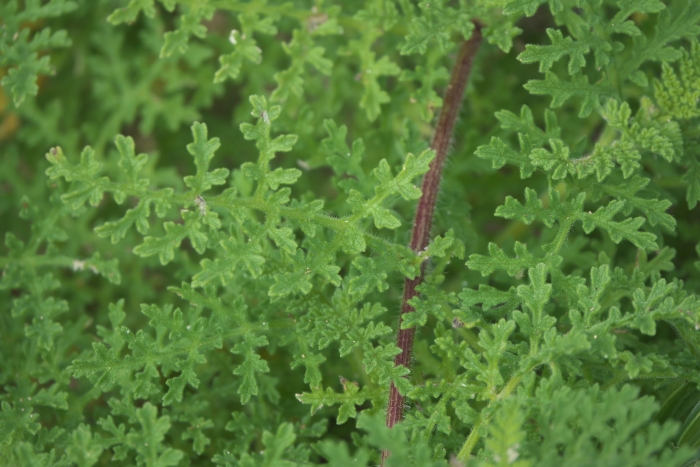Coastal Ragweed
(Ambrosia hispida)
Coastal Ragweed (Ambrosia hispida)
/
/

Robert Webster
CC BY-SA 4.0
Image By:
Robert Webster
Recorded By:
Copyright:
CC BY-SA 4.0
Copyright Notice:
Photo by: Robert Webster | License Type: CC BY-SA 4.0 | License URL: http://creativecommons.org/licenses/by-sa/4.0/ | Rights Holder: Robert Webster | Publisher: iNaturalist | Date Created: 2021-12-04T13:58:52-08:00 |






















Estimated Native Range
Summary
Ambrosia hispida, commonly known as Coastal Ragweed, is a perennial herb native to coastal dunes and sandy shores in the southeastern United States, the Caribbean, and parts of Central America. It typically grows to a height of 1-2 feet (0.3-0.6 meters) and spreads to a similar width. Coastal Ragweed has a bushy appearance with hairy stems and deeply lobed leaves. The plant is dioecious, with male and female flowers on separate plants. The male flowers are arranged in elongated spikes, while the female flowers are found at the leaf axils. The flowers are inconspicuous, with the blooming period occurring in the late summer.
Coastal Ragweed is known for its resilience in harsh coastal environments and is often used to stabilize sand dunes. It is not typically cultivated due to its association with allergies, as it produces a significant amount of pollen that can cause allergic reactions. However, it is drought-tolerant and can thrive in poor, sandy soils with full sun exposure. Gardeners should be cautious if considering this plant for cultivation due to its allergenic properties and potential to become weedy.CC BY-SA 4.0
Coastal Ragweed is known for its resilience in harsh coastal environments and is often used to stabilize sand dunes. It is not typically cultivated due to its association with allergies, as it produces a significant amount of pollen that can cause allergic reactions. However, it is drought-tolerant and can thrive in poor, sandy soils with full sun exposure. Gardeners should be cautious if considering this plant for cultivation due to its allergenic properties and potential to become weedy.CC BY-SA 4.0
Plant Description
- Plant Type: Shrub, Herb
- Height: 1-3 feet
- Width: 1-2.5 feet
- Growth Rate: Moderate
- Flower Color: Yellow
- Flowering Season: Spring
- Leaf Retention: Deciduous
Growth Requirements
- Sun: Full Sun
- Water: Medium
- Drainage: Fast, Medium
Common Uses
Drought Tolerant, Erosion Control, Low Maintenance, Salt Tolerant
Natural Habitat
native to coastal dunes and sandy shores in the southeastern United States, the Caribbean, and parts of Central America
Other Names
Common Names: Coastal Ragweed, Seaside Ragweed, Bay Tansy, Beach Burr
Scientific Names: , Ambrosia hispida, Ambrosia crithmifolia, Ambrosia maritima, Ambrosia maritima,
GBIF Accepted Name: